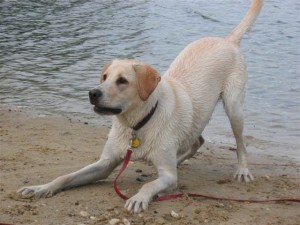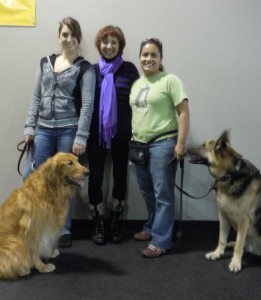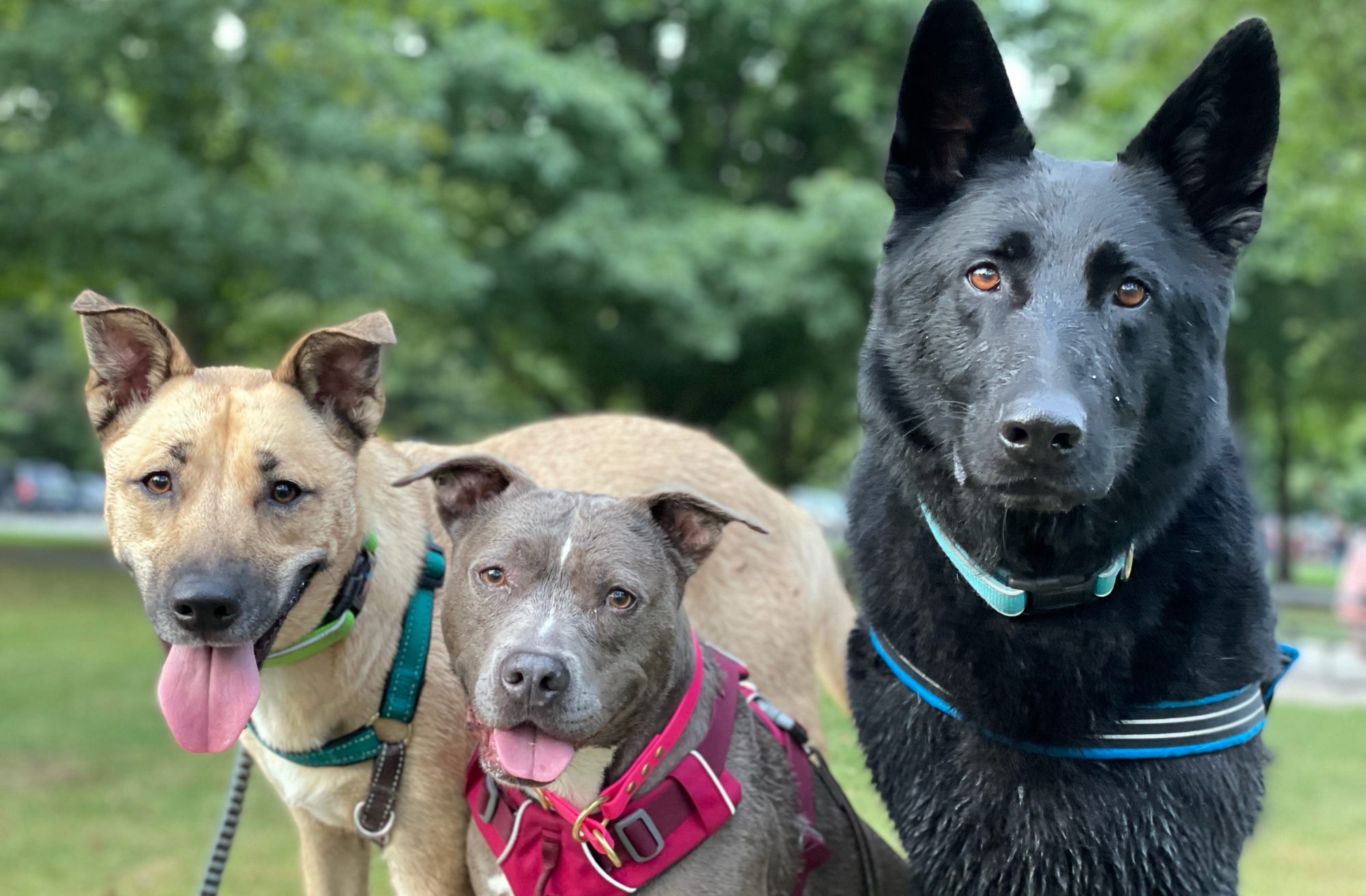 Play is a diverse subject and is starting to gain more attention among scientific researchers. Recently I attended a seminar by Pia Silvani discussing the topic of play with dogs. This two-day seminar offered some of the latest data surrounding play. Although most dogs owners would not argue that their dogs play, many may not be skilled in understanding what play body language looks like and the benefits to play. There are benefits to playing with our dogs and for dogs to play with other dogs. Play can be used as a strong reinforcer for some dogs. Through play, dogs can learn calming signals and coping mechanisms for greeting other dogs and people they are unfamiliar with.
Play is a diverse subject and is starting to gain more attention among scientific researchers. Recently I attended a seminar by Pia Silvani discussing the topic of play with dogs. This two-day seminar offered some of the latest data surrounding play. Although most dogs owners would not argue that their dogs play, many may not be skilled in understanding what play body language looks like and the benefits to play. There are benefits to playing with our dogs and for dogs to play with other dogs. Play can be used as a strong reinforcer for some dogs. Through play, dogs can learn calming signals and coping mechanisms for greeting other dogs and people they are unfamiliar with.
In order for behaviors and actions to be constituted as play, individuals involved must all be active and willing participants, otherwise the behaviors and actions could be something entirely different, like bullying. Most often you’ll see the following behaviors and actions amongst dogs during good play:
- Role reversal e.g. dogs will take turns chasing one another or rolling on their back
- Mirroring one another’s behaviors e.g. play bows towards one another
- Open mouth, neutral tail positions and relaxed ear set
- Self-handy capping e.g. large dogs laying down to play with small dogs
- Start-Stop action e.g. dogs will run, then freeze, run, then freeze.
For play between humans and dogs, certain guidelines should be followed:
- The human starts and ends the game, this prevents a dog from becoming pushy and helps in instill leadership without force
- No teeth on skin is allowed, this will immediately end the game
- Teaching impulse control by having a dog “sit” or offer another behavior before receiving a toy, game of tug or fetch
- People should avoid rough physical contact with their dogs and chasing their dogs
- Play everyday! This will enhance the bond between people and their dogs
- All family members must follow the same guidelines
Play is a great outlet for energetic dogs and/or unruly dogs. Teaching a dog to grab a toy and redirect their energy onto it rather than a guest can be very useful! Play can also be a useful tool for helping dogs with aggression. Teaching a dog to “play-bow” on cue can help to diffuse situations where two dogs may escalate into unfavorable behaviors. Teaching dogs to look away, paw lift and/or turn sideways are other useful body language cues to diffuse situations. Lastly, play is enriching for dogs and, I believe, people as well. So get out there and PLAY!!!
 (pictured: Katie Kelly from K-9 Karma with Rusty, Pia Silvani, Aditi Terpstra with Chance)
(pictured: Katie Kelly from K-9 Karma with Rusty, Pia Silvani, Aditi Terpstra with Chance)

